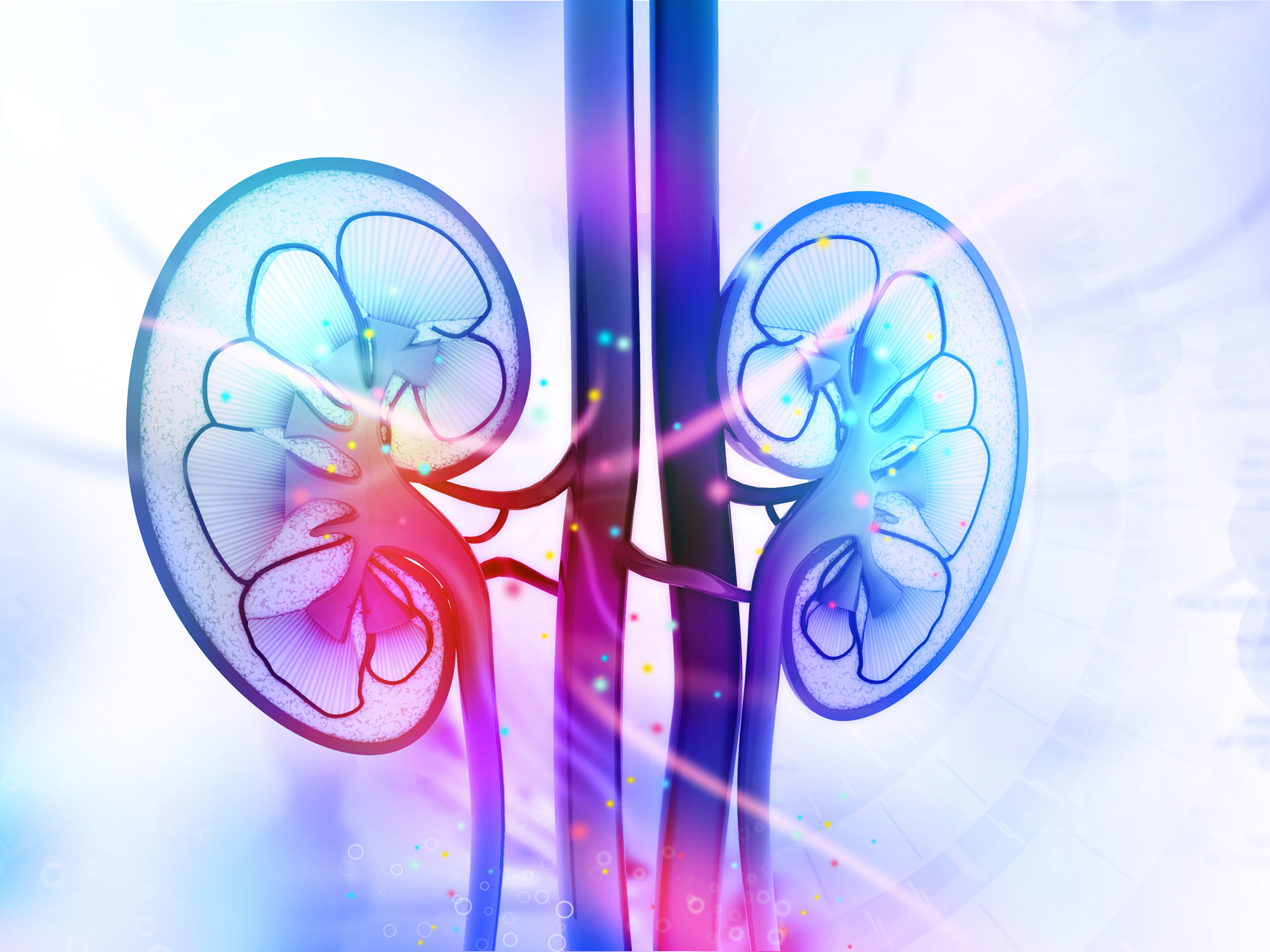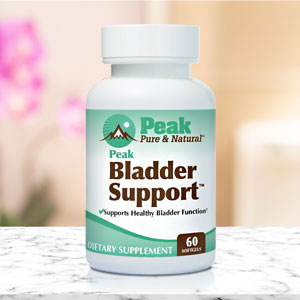Get Easy Health Digest™ in your inbox and don’t miss a thing when you subscribe today. Plus, get the free bonus report, Mother Nature’s Tips, Tricks and Remedies for Cholesterol, Blood Pressure & Blood Sugar as my way of saying welcome to the community!
7 ways to avoid the deadliest, preventable ‘invisible disease’

Last year, and for many years prior, heart disease was the leading killer of U.S. adults. About 610,000 adults suffer a fatal heart attack every year.
In contrast, kidney disease kills about 90,000 people annually.
The number may seem small by comparison, but kidney disease actually kills more people than breast and prostate cancer combined.
So why doesn’t kidney disease get the same funding and attention as heart disease and cancer?
Maybe because it’s largely invisible until it’s quite advanced.
Unfortunately, many health care providers don’t make the connection between the risk factors for kidney disease and the need for the simple blood and urine tests that would detect it.
In a study presented to the American Diabetes Association, primary care physicians failed to diagnose kidney disease in a mind-boggling 88 percent of patients with type 2 diabetes, even though diabetes is a primary risk factor for kidney failure (more on that in a bit).
This means it’s up to you to know the risk factors and warning signs of kidney disease, so that you can get the proper testing. This is knowledge that could save your life.
What your kidneys do
Every day, your two kidneys filter about 150 quarts of blood, producing about two quarts of urine full of wastes and excess fluid.
Your kidneys do other jobs as well:
- keep sodium, potassium and phosphate levels healthy
- regulate blood pressure
- make red blood cells
- help strengthen bones
Warning signs and risk factors
Any of the following could be signs that kidney disease is developing:
- high blood pressure
- puffiness around the eyes
- swelling of hands and feet
- blood in the urine
- painful or difficult urination
- more frequent urination, especially at night
- feeling cold all the time
Definite risk factors for kidney disease
Type 2 diabetes
Up to 40 percent of adults with type 2 diabetes will eventually suffer from kidney failure.
Kidney damage from diabetes is called diabetic nephropathy. Diabetes injures the small blood vessels in the kidneys, so they cannot clean the blood properly. You retain more water and salt than is healthy, causing swelling.
Also, diabetes can damage the nerves that help you urinate. Difficulty urinating means pressure in the bladder, which can back up and injure the kidneys.
Early warning signs of diabetic kidney disease include weight gain, swelling, and blood in the urine. In later stages, there will be nausea, weakness, loss of appetite, itching and muscle cramps.
High blood pressure
More than half of people with chronic kidney disease also have high blood pressure. It’s a case of chicken-and-egg as far as which comes first.
High blood pressure can cause blood to flow forcefully through the glomeruli, the tiny blood vessels in your kidneys that clean your blood. This damages the glomeruli, causing extra fluid in the blood vessels and raising pressure even higher. It’s the start of a deadly vicious cycle.
Other risk factors
There are other factors beyond your control that can elevate the risk of kidney disease:
- Family history of kidney disease, diabetes or hypertension
- Age (people over 60 have a lower glomerular filtration rate, a measurement of how much blood passes through the glomeruli each minute)
- Race (African-Americans are almost four times as likely to develop kidney disease as Caucasian people)
Two factors that are very much under your control are:
- Not only does smoking reduce the effectiveness of high blood pressure medications, but it also slows blood flow to the kidneys.
- Use of NSAIDS. Pain medications like ibuprofen inhibit the production of prostaglandins, hormones that dilate the blood vessels leading to the kidneys. This can lead to kidney ischemia (dead tissue from decreased blood flow) and acute kidney injury.
Tests that detect kidney disease
With all of the known risk factors, it’s kind of shocking that doctors don’t perform tests for kidney disease on a routine basis.
If you are diabetic or have high blood pressure, you should get your doctor to do these tests at every physical.
Blood test: eGFR
This stands for “estimated glomerular filtration rate.” Mentioned earlier, this tells you the rate of blood flow through the kidney’s blood vessels. A normal eGFR is 60 or more. If your eGFR is below 60 for over three months, your kidneys may not be working well.
Urine tests
When your kidneys are damaged, protein leaks into your urine. Your doctor can check for this in two ways: a dipstick urine test or a urine albumin-to-creatinine ratio (UACR).
With the UACR, your doctor can see how much of the protein albumin is in your urine and compare it to how much creatinine (a type of waste) is present. A normal ratio between the two is less than 30 mg/g. If it is higher, your doctor should re-test, or order an eGFR test.
Preventive steps you can take
As with most health problems, there are things you can do now to lower your risk of developing kidney disease.
- Eat a healthy diet and exercise. Controlling your weight will help you avoid diabetes, heart disease and kidney disease all at once.
Use herbs and spices instead of a lot of salt. Go easy on the sugars. And if you drink alcohol, do so in moderation.
Moderate exercise like walking for at least thirty minutes a day will keep your heart healthy.
- Stay hydrated. Drink when you’re thirsty, and when you exercise. Plenty of fluid can help your kidneys to clear urea, salt and toxins.
- Stop smoking. Don’t start, but if you do smoke, see your doctor or find other means of support to help yourself smoke less and hopefully quit the habit. It’s not easy, but it can be done.
- Easy on the NSAIDS. Don’t overdo the use of ibuprofen, Motrin, etc. Use acetaminophen instead.
- Consider Vitamin D supplements. People with kidney disease often have dangerously low levels of this vitamin. Supplement now to support your kidneys.
- Monitor your blood pressure. See your doctor if it becomes unexpectedly elevated.
- If you have type 2 diabetes keep it in check.
Editor’s note: Have you heard of EDTA chelation therapy? It was developed originally to remove lead and other contaminants, including heavy metals, from the body. Its uses now run the gamut from varicose veins to circulation. Click here to discover Chelation: Natural Miracle for Protecting Your Heart and Enhancing Your Health!
Sources:
- Kidney Disease, an Underestimated Killer — The New York Times
- Chronic Kidney Disease Goes Undetected in Those Most at Risk — National Kidney Foundation (NKF)
- Connection Between Kidney
Disease and Heart Disease — American Kidney Fund - Diabetes – A Major Risk Factor for Kidney Disease — National Kidney Foundation (NKF)
- High Blood Pressure and
Chronic Kidney Disease — National Kidney Foundation (NKF)













